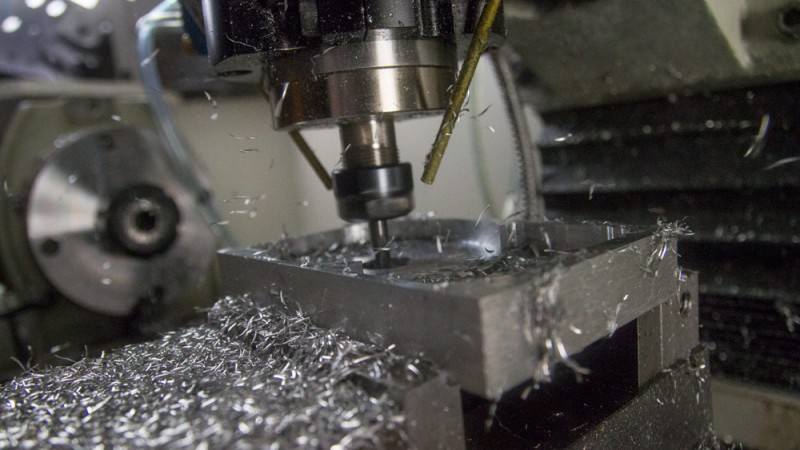Running a business of any kind is full of decision-making, and there are plenty of questions that need to be answered before you can even consider opening the doors.
Read: How to Make Money with Your Tormach: The Checklist
If you’ve decided to make the leap and you know how much time and money you’re willing to commit to the endeavor, an early decision needs to be based on how you will make some profit – quoting and shop rates.
Putting value on your time while trying to remain competitive can be a tricky balancing act. Though it’s possible to succeed in this industry without a professional background, this is where some experience in machining could be helpful.
John Saunders of NYC CNC did a video focused on how to make quotes and bill for shop time.
Bob Warfield at CNC Cookbook also did a blog on developing an hourly rate for your CNC machine.
Knowing Your Shop
Understanding the challenges of setups, tooling and material options, cycle times, and designing parts for machining are all important skills to consider looking into before you start your business.
Developing a proper setup (workholding, tooling, etc.) for a given part can take a significant amount of time and effort. Having to redo that setup, or switch between setups in the middle of production, can add even more unexpected time and cost. This all needs to be considered when deciding whether or not to take a job, and even more so, when building a quote.
Knowing Your Software
A failed setup or broken tool can add a lot of time and labor to a job, but getting a part that isn’t easily machinable can be even worse. This is where your CAD/CAM skills will be put to the test.
As 3D printing has become more consumer friendly, CAD modelers and designs have become more available throughout the internet via sites like Thingiverse and GrabCAD. It should go without saying, but what works on a 3D printer, does not necessarily work when machining.
Seasoned machinists capable of instantly spotting design elements that could make machining a part much more difficult, if not impossible. Knowing your way around CAD and CAM (several different brands if possible) can save you tons of headaches, and help you keep potential clientele happy without sacrificing your time and money.
The Hidden Costs
There are many costs that are not as apparent or are often underestimated. Additional costs to take into consideration as you determine pricing and workload of your business include:
- Utilities – How much electricity it takes to run all of your machines and what that costs.
- Specialty Tooling – Unless you purchase every tool available (which, arguably, is impossible), you’ll come across jobs that require special tool or tool holder purchases.
- Consumables – When you buy your machine, you need to make an initial investment in tooling, but end mills, cutters, and various other tooling are all considered consumables – eventually, you’ll need to replace them as they wear.
- Breakage – This could be lumped with consumables, except breakage isn’t always anticipated and therefore, can’t always be preemptively calculated into purchasing.
Murphy’s Law is a good rule of thumb when considering costs and pricing:
“Whatever can go wrong, will go wrong”
Pricing and cost estimates can be tricky, but that’s why research is your best friend – buy books and ask questions before purchasing tools and shop space, and check out as many resources as you can.
Read Part One: How to Make Money with Your Tormach: The Checklist
In part three of this series, we’ll learn about some of the challenges various small shop owners have encountered and get some words of wisdom.


